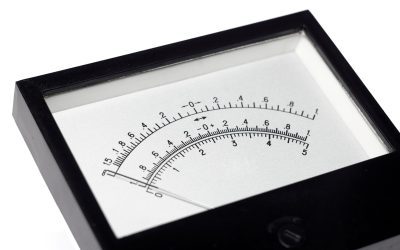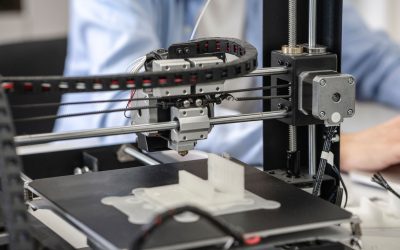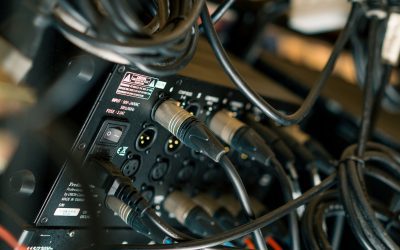The Foundation: Understanding Radio Equipment
Before we delve into the do’s and don’ts, let’s establish a solid foundation. Radio equipment, the lifeblood of effective communication, comes in various forms – transceivers, antennas, and accessories. CRCS sheds light on the diversity of radio gear and how each component contributes to seamless communication.
The Do's: Best Practices for Radio Equipment Operation
1. Frequency Compliance:
Ensure your radio equipment operates within authorized frequency bands. CRCS emphasizes the importance of respecting allocated frequencies to prevent interference and maintain a harmonious radio environment.
2. Proper Licensing:
The golden rule – hold a valid license. CRCS guides you through the licensing process, emphasizing the legal necessity of obtaining the appropriate permissions for operating specific radio equipment. Compliance is key.
3. Regular Maintenance:
Treat your equipment with care. CRCS recommends regular inspections, cleaning, and maintenance routines to guarantee optimal performance. A well-maintained radio setup ensures longevity and reliability.
4. Emergency Protocols:
Familiarize yourself with emergency procedures. CRCS highlights the significance of being prepared for unexpected situations. Know how to use emergency frequencies, and practice efficient communication during crisis scenarios.
5. Proper Identification:
Personalize your transmissions responsibly. CRCS advises operators to clearly identify themselves in line with regulatory requirements. This not only ensures compliance but also promotes transparency in radio communications.
The Don'ts: Steering Clear of Common Pitfalls
1. Unauthorized Modifications:
Resist the temptation of tinkering. CRCS strongly discourages unauthorized modifications to radio equipment. Such alterations can lead to violations and compromise the integrity of the radio system.
2. Transmission Power Abuses:
Power isn’t everything. CRCS educates operators on the pitfalls of excessive transmission power. Striking a balance is crucial to avoid interference and adhere to power limitations set by regulations.
3. Intrusive Monitoring:
Respect privacy and regulations. CRCS advocates against intrusive monitoring of private communications. Adhere to ethical standards, and refrain from eavesdropping on frequencies designated for private use.
4. Unattended Operations:
Never leave your station unattended. CRCS highlights the potential risks associated with unattended radio operations. Stay vigilant, especially during critical communications, to avoid misunderstandings and misuse.
5. Frequency Jamming:
Steer clear of intentional interference. CRCS strongly condemns any form of frequency jamming. Such actions not only violate regulations but also disrupt the radio spectrum for others.
Achieving Harmony: The CRCS Approach to Responsible Radio Operation
In conclusion, the proper use of radio equipment is not just a set of guidelines; it’s a commitment to responsible communication. CRCS, with its dedication to nurturing a vibrant radio community, encourages operators to embrace the do’s and steer clear of the don’ts outlined in this guide. Let’s create a radio environment where each transmission resonates with professionalism, courtesy, and adherence to regulations. Together, let’s master the airwaves responsibly.




